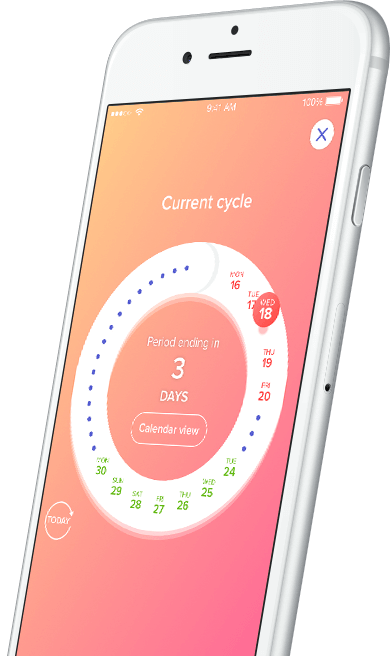

In his later years - after his wife, Louise, died - Van Keuren would take her dad out to lunch. She printed out the emails for him, and he kept them for the rest of his life, locked inside his prized monogrammed briefcase. In them, people wrote to her father, thanking him for picking up the phone that night and starting the tradition. "And (he) loved kids, too."Īfter the Santa Tracker program started accepting emails, someone from the program sent a collection of them to Van Keuren. "He was a big ol' kid when it came to Christmas," Van Keuren said. He was 91 years old.Īfter his CONAD days, Van Keuren admits to giving her father the nickname "the Santa Colonel," a moniker he loved. He later settled in Colorado Springs, near three of his four children, before his death in 2009. Harry Shoup retired from the Air Force in 1968. "I swear to goodness, you can't put the phone down without it ringing in your hand." A legacy the first call he got last year was from Castle Rock (in Colorado) and the next one was from Stuttgart, Germany," she said. Van Keuren has been volunteering to answer phones for the program for the past five years. Its latest feature, which started last year and allowed people to ask their Amazon Alexa smart home devices where Santa was, had been accessed 1.5 million times, Hillier added. The program also received 18 million visits to its website and 2,000 emails in 2017. Last year, roughly 1,500 program volunteers received more than 126,000 calls throughout the day - an average of 1.8 calls per second, Hillier said. The program is now called NORAD Tracks Santa. Over the years, leaders began enlisting volunteers to field calls from children asking about Santa's whereabouts.

"Well, that of course went all over the world," Van Keuren said.ĬONAD, and later NORAD, started tracking Santa Claus every Christmas Eve. "This is Colonel Shoup, the commander of the Command Operation Center in Colorado Springs, Colorado," Van Keuren said in her best impression of her father. Instead, Shoup decided to call a local radio station. "Do you want us to take it down?" they asked. When the airmen and officers saw the colonel, they apologized profusely. "And (someone) had drawn this beautiful sleigh coming over Canada," Van Keuren said. Workers would stand behind the map on scaffolding, updating it with any unidentified flying objects that had been spotted in North American air space. The center - inconspicuously housed in a windowless, cinder block building in downtown Colorado Springs - was home to a three-story clear, Lucite map of North America. "However, on the 24th, these same infrared sensors can also detect the heat from Rudolph's nose."įor 63 years, NORAD - or CONAD, until 1958 - has boasted an impressive Santa Claus tracking system, enlisting hundreds of volunteers to field tens of thousands of calls from children across the globe every Christmas Eve.Īfter the phone number mix-up, Van Keuren, now 69 and living in Castle Rock, said her parents went to deliver Christmas cookies to CONAD's Operation Center on Dec. Cameron Hillier, who is stationed at NORAD. "On a day-to-day basis, we use those same satellites to monitor missile activity throughout the globe to determine whether they're a threat to Canada and the U.S. 24, the North American Aerospace Defense Command (NORAD) checks in with its North Pole Santa Cam.īased in Colorado Springs, the bi-national command watches the skies and seas for any aerospace or maritime approaches, coordinating with other commands to address potential threats to Canada and the United States.īut on Christmas Eve, its technology is also used to track Santa's movements, employing a mess of warning and radar systems and satellites with heat-detecting infrared sensors that hover 23,000 miles above the earth.


 0 kommentar(er)
0 kommentar(er)
